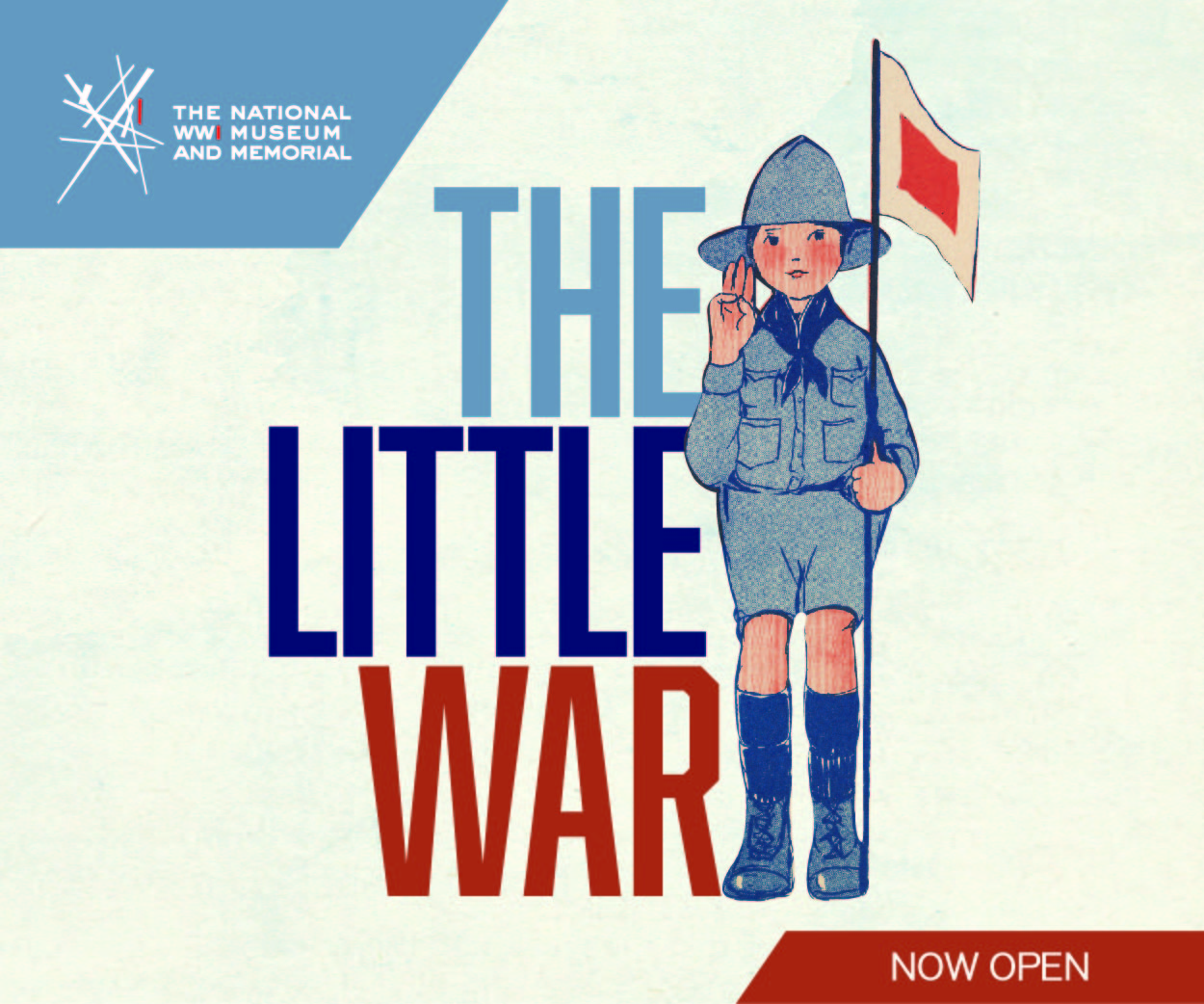
In 2019, when the Nelson-Atkins acquired the powerful 20 Odd art quilt—now in the museum’s ongoing Testimony exhibit—many came to know renowned contemporary fiber artist Sara Sonié Joi Thompson-Ruffin for the first time.
Growing up in the East Town section of Joplin, Missouri, during the 1950s, she knew the deep security of close relatives, family friends, and caring neighbors. In a time of “sundown” towns, where Blacks were not allowed on the streets after sundown, her neighborhood was a safe haven. Thompson-Ruffin learned sewing from seamstresses in her family and crocheting from a Jewish neighbor with a number tattooed on her arm. That geography as well as those sewing skills repeat in the strong borders and exquisite workmanship Thompson-Ruffin employs in her art quilts.
Jazz and piano music also wafted through her neighborhood and show up as lively forms in her quilts. “Joplin is right on Route 66 and when Black musicians were on their way to California, they were not allowed to stay at hotels, so they stayed in our homes. It was nothing unusual to hear Jay McShann playing the piano on a Saturday morning,” she recalls.
Kansas City is a prime area for traditional and contemporary quilt making. But you do something far different. What takes a quilt from craft to art?
Mine is not craft. I don’t use the principles of quilting; I use the form. I might singe a quilt. I might take a saw to it. I use quilts to explore an idea, to tell stories and testimonies. My quilts are huge rivers of meaning. I’m telling stories of African-American experience, of my family. When you see my work, you see my soul.
How did 20 Odd come about?
A few years ago, when I went to visit family in Virginia, we went to the campus of Hampton University where there is an old oak tree, known as the Emancipation Oak where the Emancipation Proclamation was read to former slaves and free Blacks in 1863. Something made me want to take off my shoes and touch the ground under that tree. I could feel the reverberation. I knew something had happened there. I cried and I couldn’t get over that intense feeling.
I began researching when the first slaves came to Virginia in 1619 and 20 Odd came from that. Once I had the story, I had to find the imagery. Twenty men from different villages in Africa chained and shackled and led from the drumbeats of their homeland to a slave ship.
What elements in your background continue to inform your work?
I am African, French, Irish, and Cherokee. I grew up around educators, entrepreneurs, and musicians. People—my family, my teachers, my neighbors—demanded the best of me.
What do you like most about living and working in Kansas City?
We have nurtured each other. Kansas City is still becoming an emissary for equality through two great integrators—sports and entertainment. This is where the Negro Leagues and the Monarchs began. We are a city of jazz. Kansas City is learning to embrace and realize the importance of these contributions—and many others.


